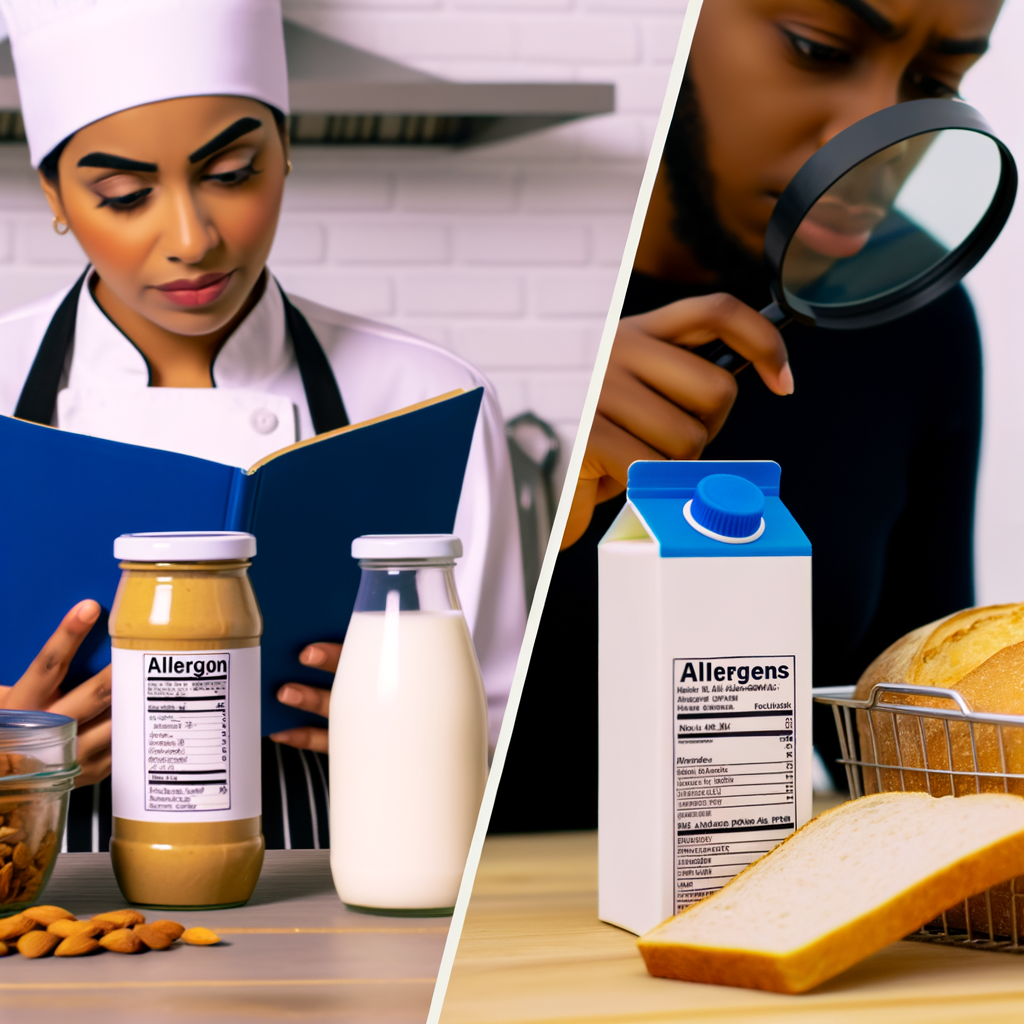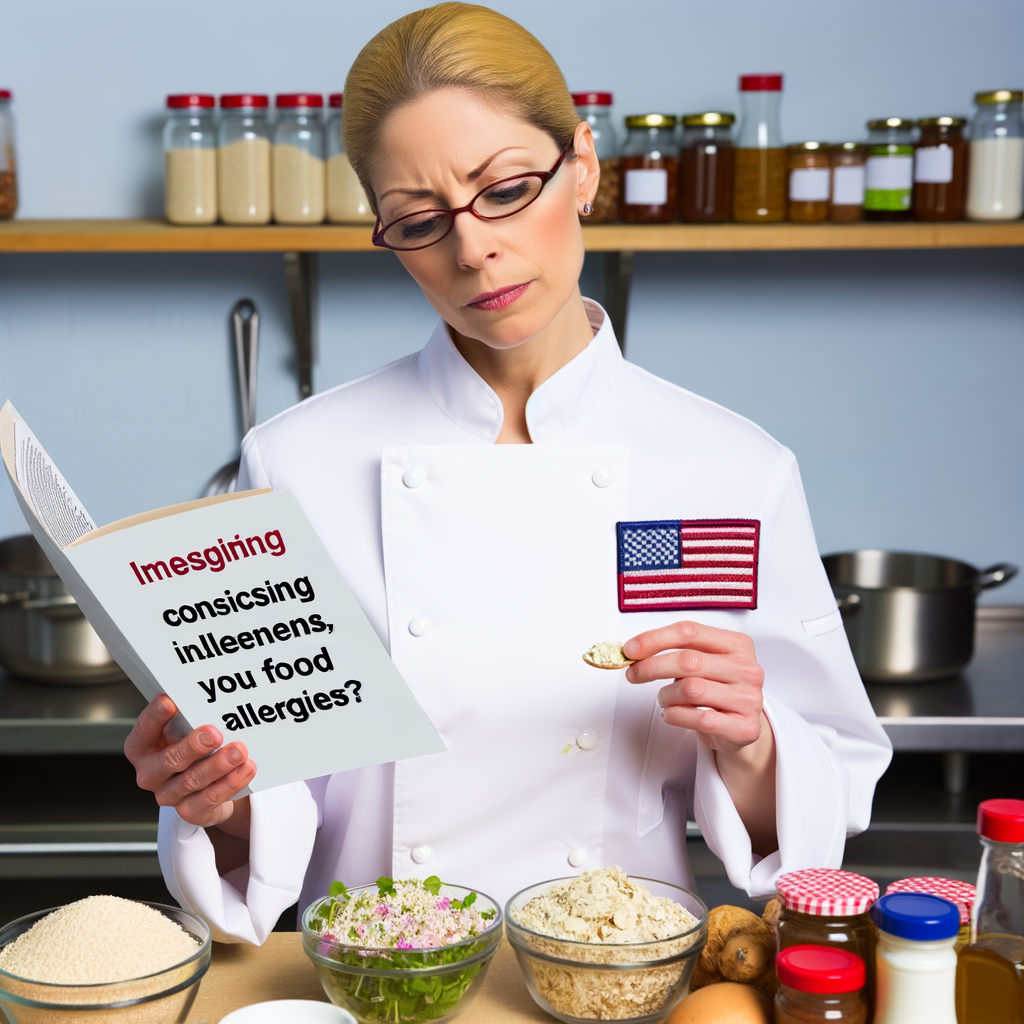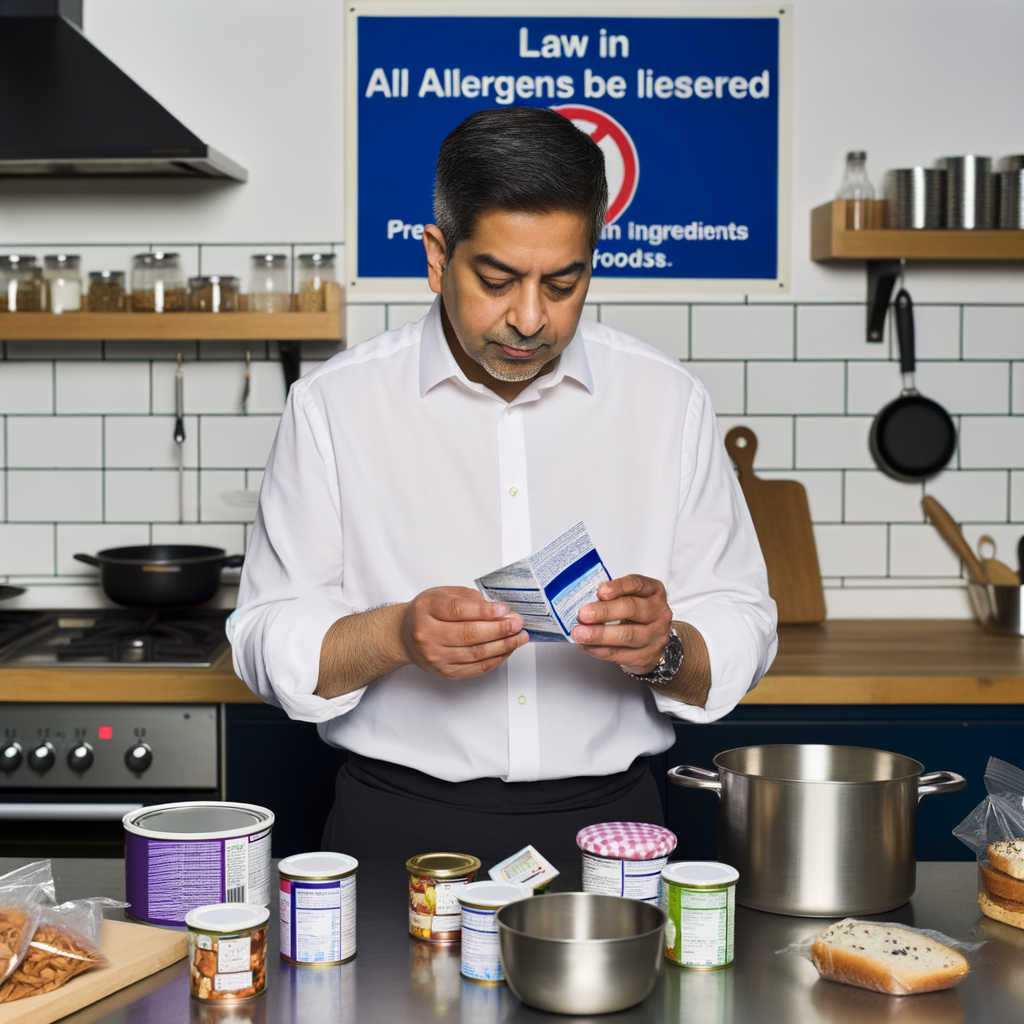Food allergies can be a major concern for many people, especially when dining out. As an expert chef, I have encountered many customers with food allergies and have learned the importance of proper label reading. With the rise of food allergies in recent years, it is crucial for both chefs and consumers to be knowledgeable about ingredient labels to ensure the safety of those with food allergies.
The first step in label reading is understanding the common allergens that may be present in food. These include wheat, soy, dairy, nuts, and shellfish, among others. As a chef, it is important to be aware of these allergens and to ensure that all ingredients used in dishes are clearly labeled for customers to see.
When reading labels, it is also important to pay attention to any potential cross-contamination warnings. Even if a product does not contain a specific allergen, it may have been processed in a facility that also handles that allergen. As an expert chef, I always make sure to inform my customers of any potential cross-contamination risks and offer alternative options if necessary.
In addition to being cautious of allergens in products, it is also important to watch out for hidden ingredients. For example, many sauces and dressings may contain common allergens like soy or dairy, even if they are not the main ingredient. This is where label reading becomes essential for those with food allergies.
As a chef, I always strive to accommodate customers with food allergies by being transparent about ingredients and offering alternative options when possible. By educating both chefs and consumers about label reading, we can create a safer and more enjoyable dining experience for those with food allergies.





